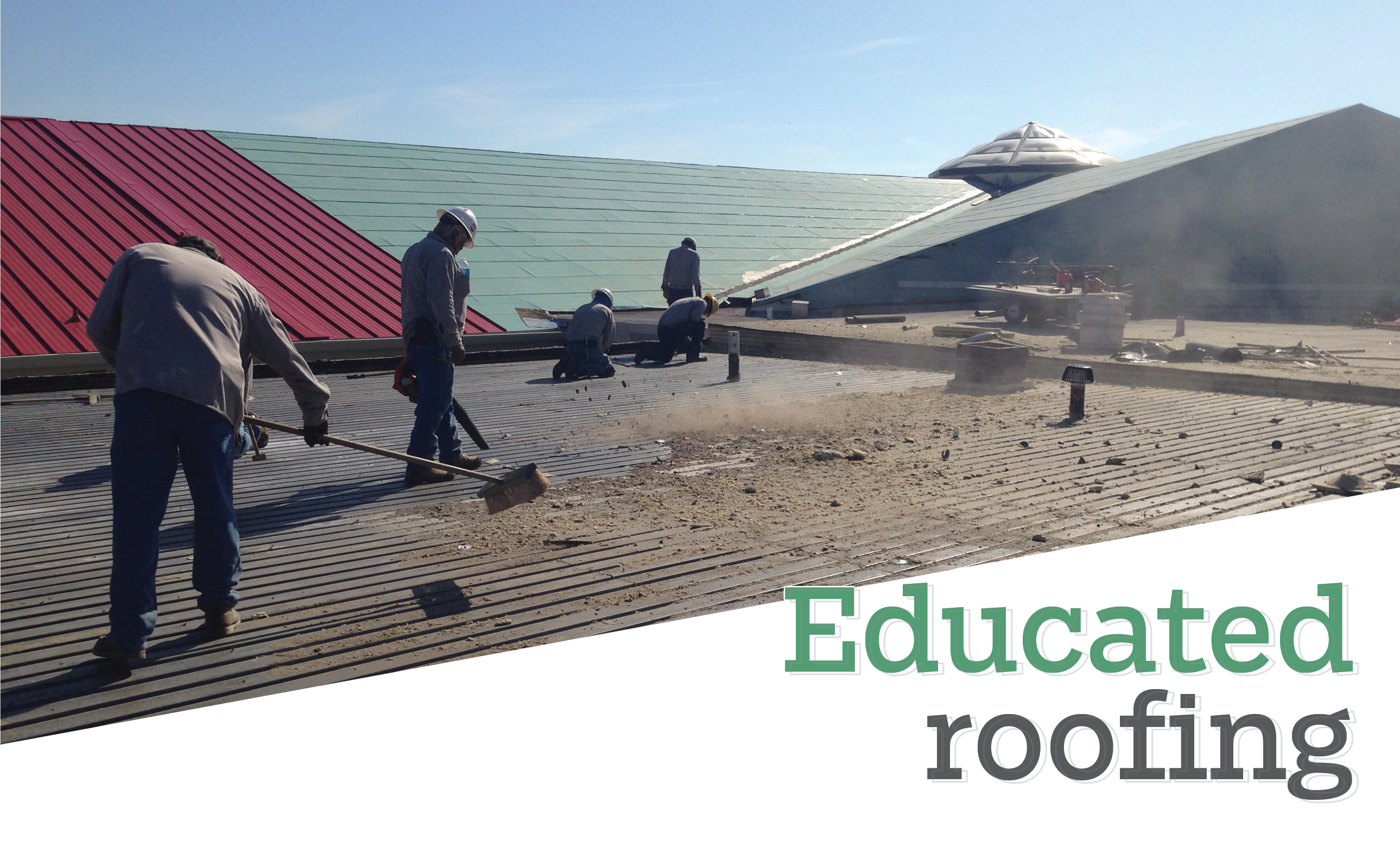MCA updates white paper
The Metal Construction Association has made available an updated white paper, "Choosing Between Fire Retardant and Standard Core Metal Composite Material," regarding the use of metal composite material.
Metal composite material is made of two sheets of aluminum between which a solid core of extruded thermoplastic or a liquid plastic core has been injected in a continuous process with no glues or liquid adhesives between the materials. The core material must not contain air spaces or foamed insulation material.
Metal composite material manufacturers usually provide two types of core products: standard and fire retardant. MCA's MCM Fabricator Council developed the white paper to clarify the allowable uses for standard and fire-retardant metal composite material in accordance with the most recent editions of the International Building Code.
In addition, metal composite material manufacturers involved with MCA have submitted a code change proposal to the IBC 2018 Code Development-Cycle A. The manufacturers' proposal aims to simplify the building code regarding the use of metal composite material assemblies, enabling designers and code officials to more easily understand whether fire retardant or standard core metal composite material is required for a specific application.
"While this proposal must still complete the International Code Council's code change process, MCA wanted to make the design community aware of this potential change in the use of metal composite material systems which, if approved, would be incorporated into the 2021 IBC," says Tom Seitz, an MCA council member.
"Choosing Between Fire Retardant and Standard Core Metal Composite Material" is available at www.metalconstruction.org/Tech-Resources.
Cyber risks accompany technology use

|
As construction companies increasingly invest in technology, they must be aware of cyber risks, according to www.enr.com. The risk of cybercrime increases in frequency and severity as interconnectivity of devices, digitization and the adoption of technology rise.
Kroll's 2017-18 Global Fraud & Risk Report reveals more than 93 percent of responding construction companies experienced a cyber incident during 2017—a 16 percent increase from the previous year. The most common incidents were viruses, email phishing, data breaches and wire-transfer fraud. Additionally, industry competitors were the source of 23 percent of the incidents.
Cyber incidents often are accidental but some arise from malicious intent and are perpetrated by random criminals, competitors or rogue employees. The target typically is the theft or deletion of data or disruption of systems.
A cyber breach can result in various first- and third-party effects for a company, including immediate costs incurred when responding to a cyber breach, loss of revenue, liability and reputation damage. Regulators are requiring organizations and companies to take more responsibility regarding cybersecurity and can allow authorities to penalize companies with inadequate data management and breach-response protocols. Reportedly, only 30 percent of organizations have prepared cyber-response plans.
In response, companies are helping firms understand their cyber-risk exposures, and cyber policies are being tailored to cyber exposures in various industries—including construction. Principal coverages include coverage for response costs related to a cyber event, such as delay costs and extra expense.
Wireless monitoring to limit injuries raises worker concerns
Before asking workers to wear motion monitors as part of safety programs, employers must assure employees the results will not be used in performance reviews, according to Bloomberg Law.
The American Society of Safety Professionals released a report Jan. 3 that surveyed 952 safety professionals and focused on using wearable motion sensors and heart rate monitors to measure worker fatigue. The report identified the need to seek cooperation regarding a monitoring program from a union or other employee organizations and offer workers detailed information regarding how monitoring data will be used.
Wireless motion monitors are meant to help show employers how certain tasks cause fatigue—a factor that can increase the risk of injury. Slightly more than half of survey respondents supported the use of wearable technologies to track safety and health risks.
The report included a testing portion that involved 28 subjects performing tasks—such as lifting boxes and moving boxes on a cart for three hours—while wearing wireless movement monitors on their ankles, hips, wrists and chests, as well as heart rate monitors. The monitors spotted changes in how workers walked and lifted as they became tired.
Lora Cavuoto, an associate professor in the Department of Systems and Industrial Engineering at the State University of New York at Buffalo, says companies that decide to use motion monitors should focus on specific activities and not continuous monitoring. Additionally, she says employers need to emphasize to employees that such monitoring is voluntary.



